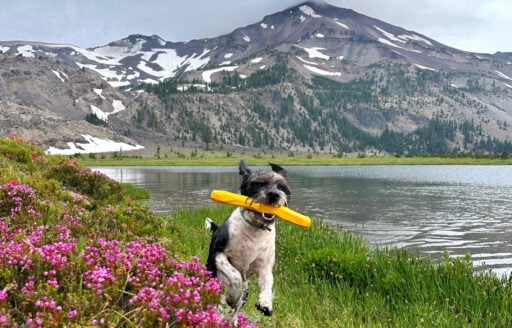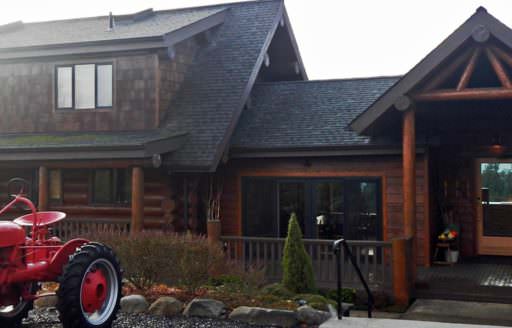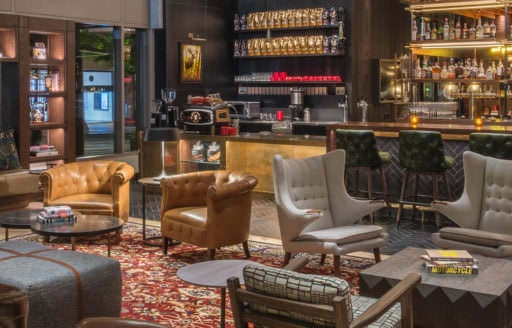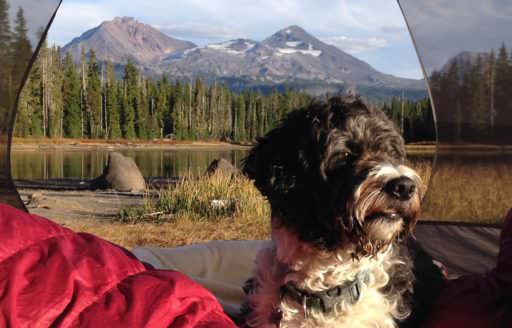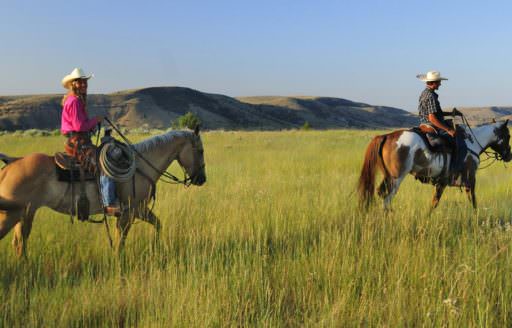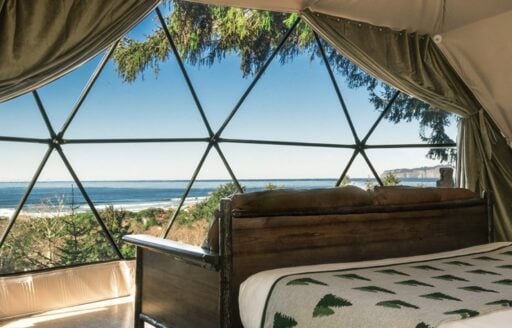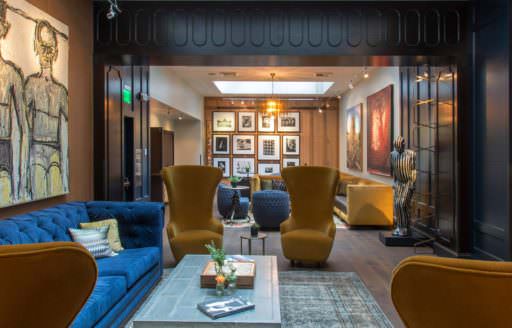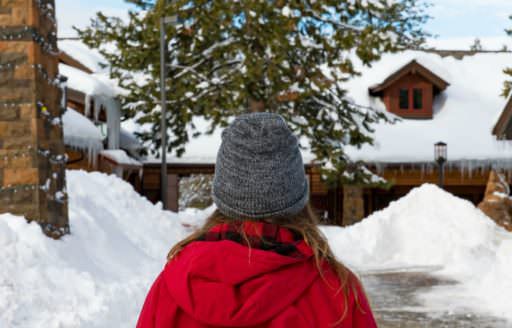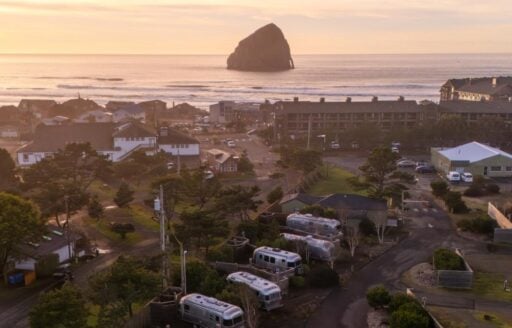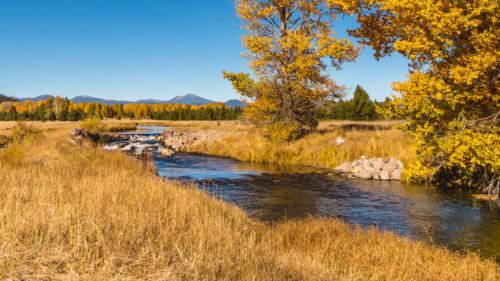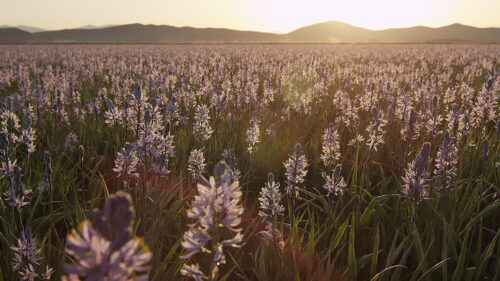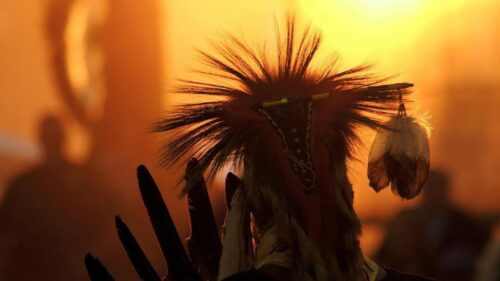The land Oregon occupies precedes the concept of Oregon. This is true for any land within the United States, so it remains important to acknowledge the original inhabitants, past and still very much present, whose cultures, traditions and contributions helped form the places around us.
What better way to start to do that than by understanding Oregon’s place names? Place names hold the culture, history and geography of a specific area. Words used to name locations often served as descriptions of land and natural features around them. Other times they reflect cultural or historical markers, sometimes even addressing all three.
As Oregon’s places became colonized, Indigenous names and histories were often removed, replaced with monikers reflecting European culture and history. Or, in other cases, names were altered to fit primarily English and French interpretations of the Indigenous languages spoken around them.
Whether you’re a lifelong Oregonian or new to the state, acknowledging the original inhabitants of this place will help to deepen your understanding of the land you are on while resisting the very real issue of erasure of Indigenous cultures, histories and contributions.
Here’s a region-by-region guide to some of Oregon’s most commonly mispronounced place names — most of which have Native roots — and a recognition of the Tribes and Tribal Nations that have claims to the territory.

Oregon Coast
Yaquina, locally pronounced “yah-KWIN-ah,” is used to refer to a bay, a river and even a city in Oregon. The name comes from the Yaquina Tribe that inhabited areas along the Yaquina River. Transcriptions of the name by outsiders have resulted in numerous spellings, including Iakon, Yukon and Acona. The land is connected to the Confederated Tribes of Grand Ronde and the Alsea, a Tribe that has been incorporated into the Confederated Tribes of Siletz Indians.
Yaquina Head Outstanding Natural Area, Yaquina Head Lighthouse, Yaquina Bay Lighthouse, Yaquina Bay
Heceta, locally pronounced “ha-SEE-ta,” comes not from an Indigenous word but from the Spanish navigator Bruno de Heceta, who surveyed the Oregon Coast in 1775. The land has ties to numerous Tribes, including the Coos, Lower Umpqua, Siuslaw and Grand Ronde.
Heceta Head Lighthouse State Scenic Viewpoint, Heceta Head Lighthouse, Heceta Beach
Langlois, locally pronounced “LANG-loyce” was named after William Langlois, an early Oregon colonizer. The tiny town on the Southern Oregon Coast is the ancestral homeland to the Tututni Tribe, an Athabascan Tribe that, along with the Upper Coquille, occupied villages along the Rogue River and the Coast.
Langlois Market, Langlois Creek, Langlois Mountain Road
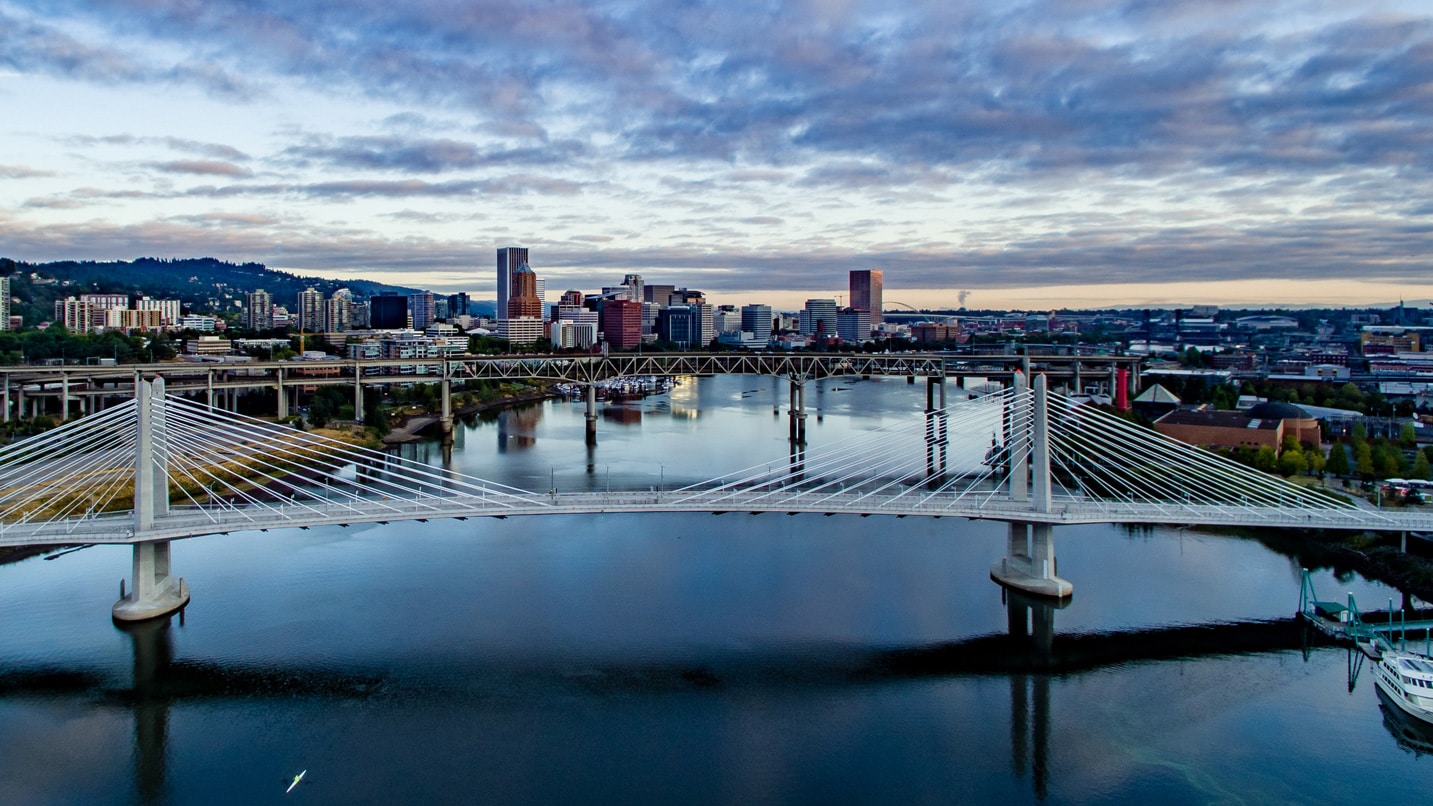
Portland Region
Willamette, pronounced “will-AM-it,” is believed to derive from the colonized pronunciation of Wallamt, which means “still water,” describing a place on the river near Oregon City. The area was and is largely inhabited by Kalapuyans (members of the Kalapuya Tribe) as well as Molalla, Clackamas and Chinook peoples.
Willamette River, Willamette Water Trail, Willamette National Forest, Willamette Valley
Helvetia, locally pronounced “hel-VAY-sha,” has ties to the Atfalati, the Cowlitz, the Confederated Tribes of Grand Ronde and the Kalapuya. The name Helvetia (Latin for “Switzerland”) comes from Swiss immigrants in the 19th century who settled in the area.
Helvetia Tavern, Helvetia Market, Helvetia Lavender Farm
Aloha, locally pronounced “uh-LO-uh” (not like the Hawaiian greeting), has numerous stories circling around its name. One leading theory is that in the early 20th century, the postmaster named the post office “Aloah” after her happy memories of a lake resort in Wisconsin, using the Native word for “good morning.” As the story goes, that name was rejected, so the postmaster rearranged the letters into “Aloha,” but the original pronunciation stuck. The area has ties to the Atfalati, the Confederated Tribes of Grand Ronde and the Kalapuya.
Aloha Grill, Aloha Halal Market

Willamette Valley
Champoeg, locally pronounced “sham-POO-ee,” comes from the Kalapuyan word campuik, the Native term for yampa, an edible root. Aside from the Kalapuya, Champoeg has ties to the Atfalati, the Ahantchuyuk and the Confederated Tribes of Grand Ronde.
Champoeg State Park, Champoeg Disc Golf Course
Luckiamute, pronounced “LUCKY-ah-mute,” is named after the original inhabitants of the area, the Luckiamute people, who lived along the Luckiamute River and are believed to have spoken the Central Oregon Kalapuya dialect. Luckiamute has current ties to the Confederated Tribes of Grand Ronde.
Luckiamute Landing State Natural Area, Luckiamute River
Willamina, locally pronounced “willa-MINE-ah,” is named for the settler Willamina Williams, who passed on after falling from a horse into a creek. The creek was named after her, and the town was named for the creek. Willamina has ties to the Confederated Tribes of Grand Ronde, the Yamhill, the Kalapuya, the Tillamook and the Siletz.
Willamina Pond, Willamina Creek

Mt. Hood and Columbia River Gorge
Tamanawas Falls, locally pronounced “ta-MAH-na-was,” is a breathtaking 110-foot lava cliff waterfall in the Gorge — a popular visitor attraction. It comes from the Chinook word for a friendly spirit and became its official name in 1971. The area is within the ceded lands of the Confederated Tribes of Warm Springs.
Tamanawas Falls Trail
Elowah Falls, pronounced “eh-LOW-ah,” is a 213-foot waterfall in the Columbia River Gorge; the previous name, McCord Falls, was replaced in 1915. It’s noted in several historical records that Elowah was intended to be a Native name, but the origins still remain murky as to its Tribe of origin and meaning. The area has ties to the Confederated Tribes of Grand Ronde, the Cowlitz and the Cascades.
Elowah Falls Trail
Oneonta, locally pronounced “oh-nee-AHN-tuh,” also has no definitive story in the history books, but local stories claim the name derived from a steamboat that operated in the Gorge in the 1860s called Oneonta Steamboat. Oneonta Gorge has land ties to the Confederated Tribes of Grand Ronde, the Cowlitz and the Cascades.
Oneonta Gorge, Oneonta Tunnel, Oneonta Trail
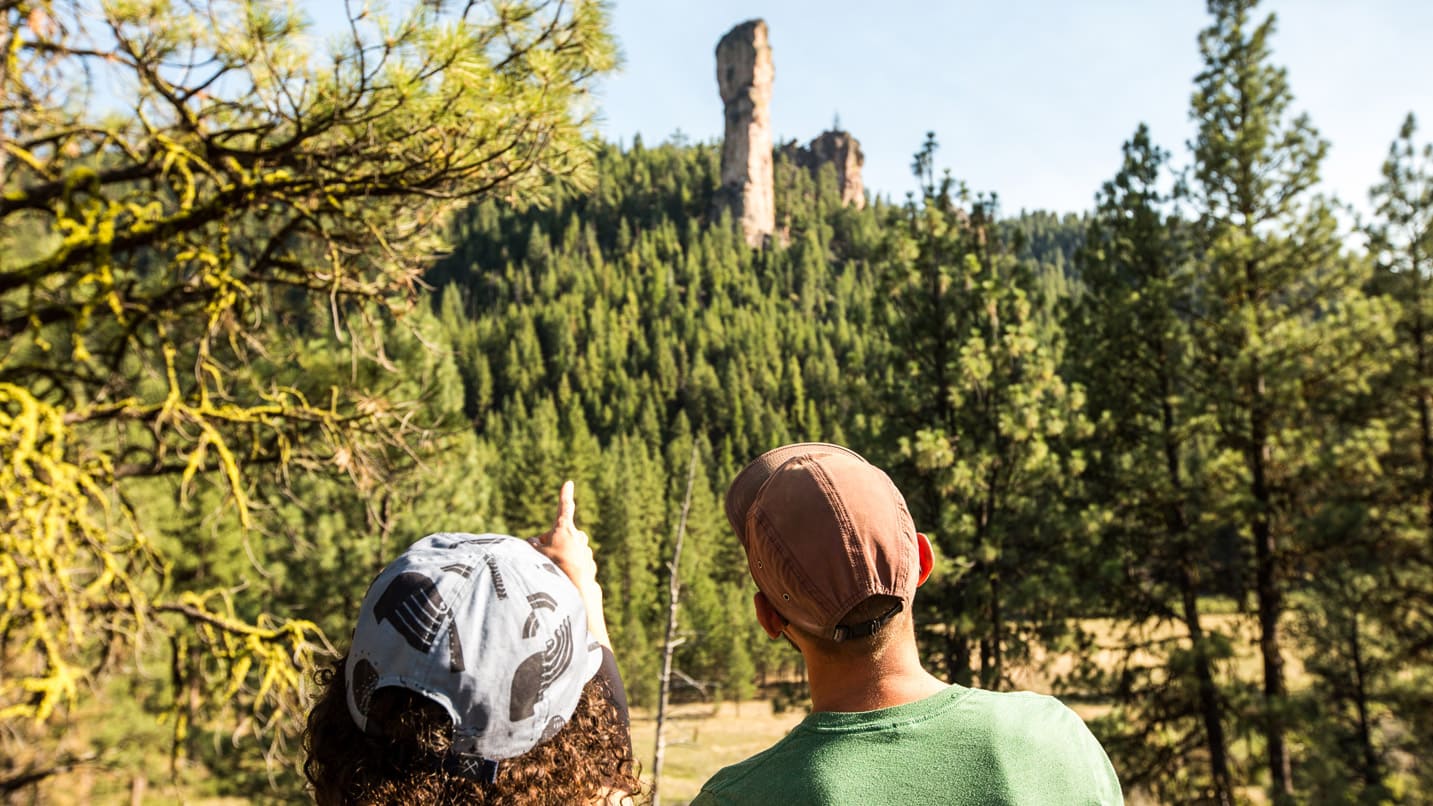
Central Oregon
Madras, locally pronounced “MAD-ras,” not “MAH-dras,” comes with a fascinating local tale that claims the area was named after the cotton fabric, madras — which in turn was named after the ancient city of Madra, India. In 1902 a Scandinavian immigrant whose last name was Palmehm tried to name the town Plamain, which was rejected due to similarities to an existing town. That’s when the name Madras got its time to shine. The area is within the ceded lands of the Confederated Tribes of Warm Springs.
Madras East Trail System, Madras Municipal Airport, Madras Brewing
Tumalo, locally pronounced “TUM-ah-low,” has uncertain origins. Some claim it comes from the Klamath word tumolo, which means “wild plum,” while others claim it is from the word tumble, which means “fog.” Tumallowa was the original name of the creek, which translates to “icy water.” The area is within the ceded lands of the Confederated Tribes of Warm Springs.
Tumalo State Park, Tumalo Falls, Tumalo Creek, Tumalo Country Store, Tumalo Feed Co. Steakhouse
Ochoco, pronounced “OH-chuh-koh,” also has a few different origin tales, but the most common is that the word comes from the Northern Paiute word for “willow.” Ochoco territory has is within the ceded lands of the Confederated Tribes of Warm Springs.
Ochoco Mountains, Ochoco Reservoir, Ochoco National Forest & Crooked River National Grassland
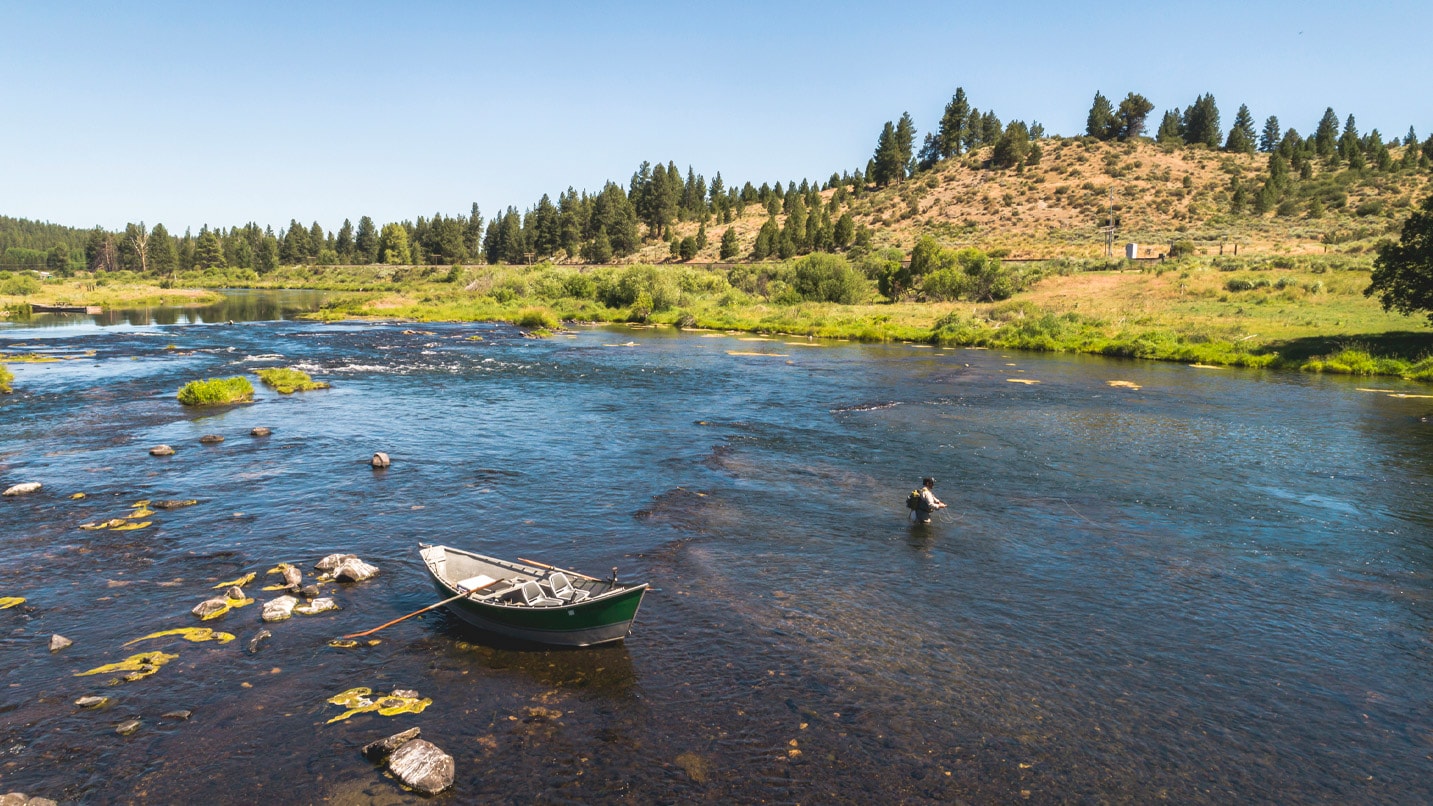
Southern Oregon
Chiloquin, pronounced “chi-LUH-kwin,” is a pioneer transposition of a Klamath word, possibly derived from a Klamath chief’s family name, Chaloquin, in 1864. In Klamath it’s called mbosaksawaas, which means “flint place.” Chiloquin has ties to the Klamath Tribe.
Chiloquin State Airport, Chiloquin Ranger District, Chiloquin Ridge Road
Fort Rock might not need a pronunciation, but it might require some explanation since it’s not a fort at all — just a spectacular site to visit. Fort Rock is a vent landform known as a tuff ring, which occurs when there is an explosive interaction of magma and surface water. The tuff ring here has massive, straight sides that resemble a fort made of rock, thus earning the name from locals in the late 1800s. Archaeologists have found sandals estimated to be more than 9,000 years old at this site, making them the oldest-dated footwear in the world. Fort Rock has ties to the Yahooskin.
Fort Rock State Natural Area, Fort Rock Cave
Crack in the Ground is another landmark that may be confusing unless you know the history. The name comes from a 2-mile-long volcanic fissure as deep as 70 feet. It’s unknown exactly when the formation occurred, but some research reports that it’s at least 12,000 years old. The area is connected to the Yahooskin and the Numu (among the Northern Paiute).
Crack in the Ground Trail

Eastern Oregon
Umatilla, pronounced as “YOO-muh-TIL-uh,” derives directly from the village name Imatilam, meaning “many rocks/rocky bottom.” The Umatilla are a Sahaptin-speaking Tribe whose ancestral homes include the Umatilla and Columbia rivers. Umatilla has ties to the Cayuse, the Walla Walla and (surprise!) the Umatilla Tribes.
Umatilla Reservation, Umatilla National Forest, Umatilla County, Umatilla Marina Park, Umatilla Museum & Historical Foundation
Wasco, pronounced “WAA-skow,” was named after the Wasco, a Chinook tribe who dwelled along the south side of the Columbia River. The name comes from the word wacqo, which means “small bowl” — the term used to describe the bowl-shaped rock near the Tribe’s primary village. Wasco has ties to the Confederated Tribes of Warm Springs and the Tenino.
Wasco County, Wasco State Airport, Wasco Market, Wasco RV Park
Wallowa, locally pronounced “wal-OW-ah,” comes from the Nimiipuu words for “winding water” or “fish trap,” depending who you ask. Wallowa is part of many place names in Oregon, including the town of Wallowa, Wallowa Lake, Wallowa River, Wallowa-Whitman National Forest and the Wallowa Mountains. Wallowa has ties to the Umatilla and the Nimiipuu (among the Nez Perce), the Cayuse, and the Walla Walla.
Wallowa Lake, Wallowa County, Wallowa Mountains, Wallowa State Park, Wallowa Lake State Park, Wallowa Lake Lodge
Oregon’s 9 Federally Recognized Tribes
- Burns Paiute of Harney County
- Confederated Tribes of Coos, Lower Umpqua and Siuslaw Indians
- Confederated Tribes of Grand Ronde
- Confederated Tribes of Siletz
- Confederated Tribes of Umatilla Reservation
- Confederated Tribes of Warm Springs
- Cow Creek Band of Umpqua Indians
- Coquille Indian Tribe
- Klamath Tribes

